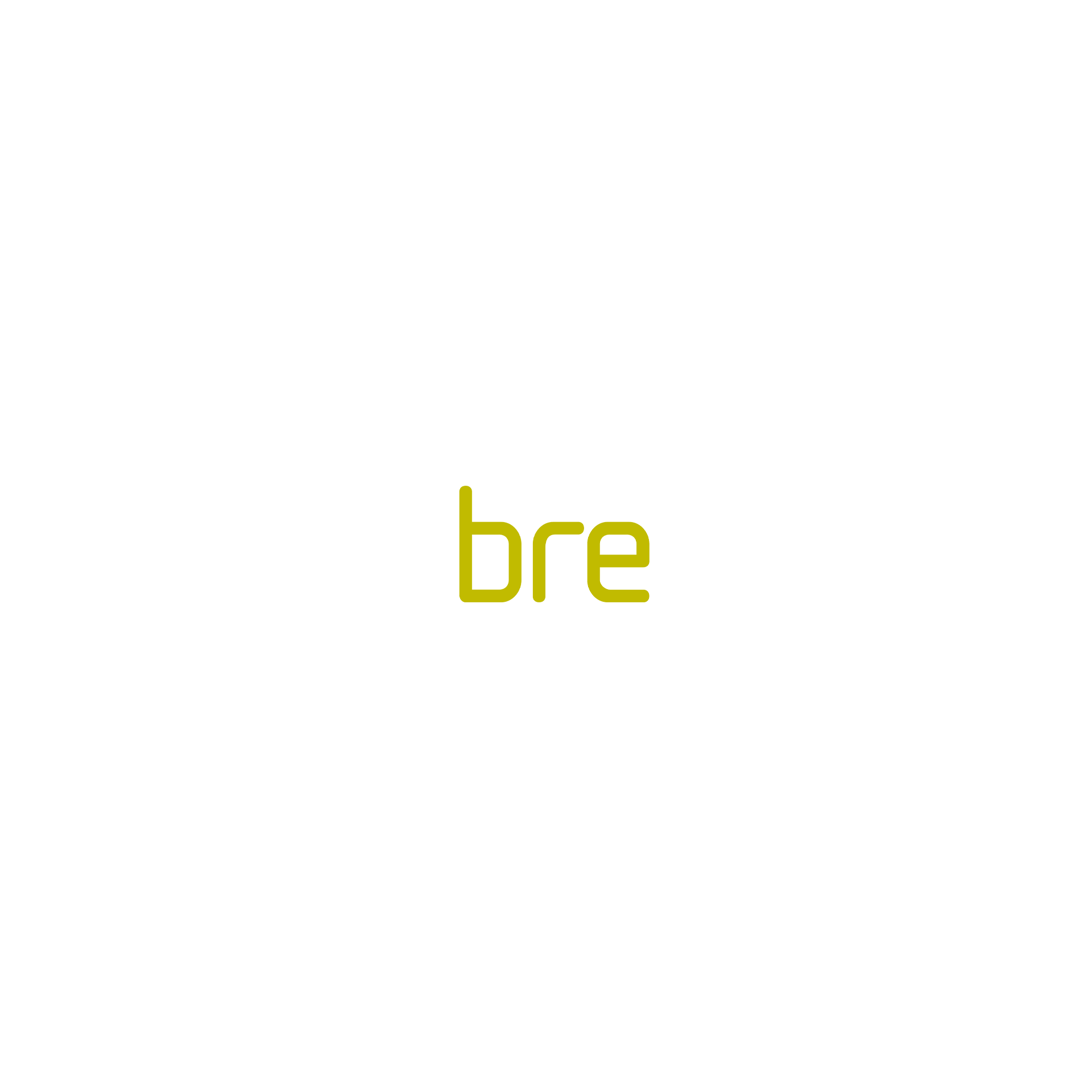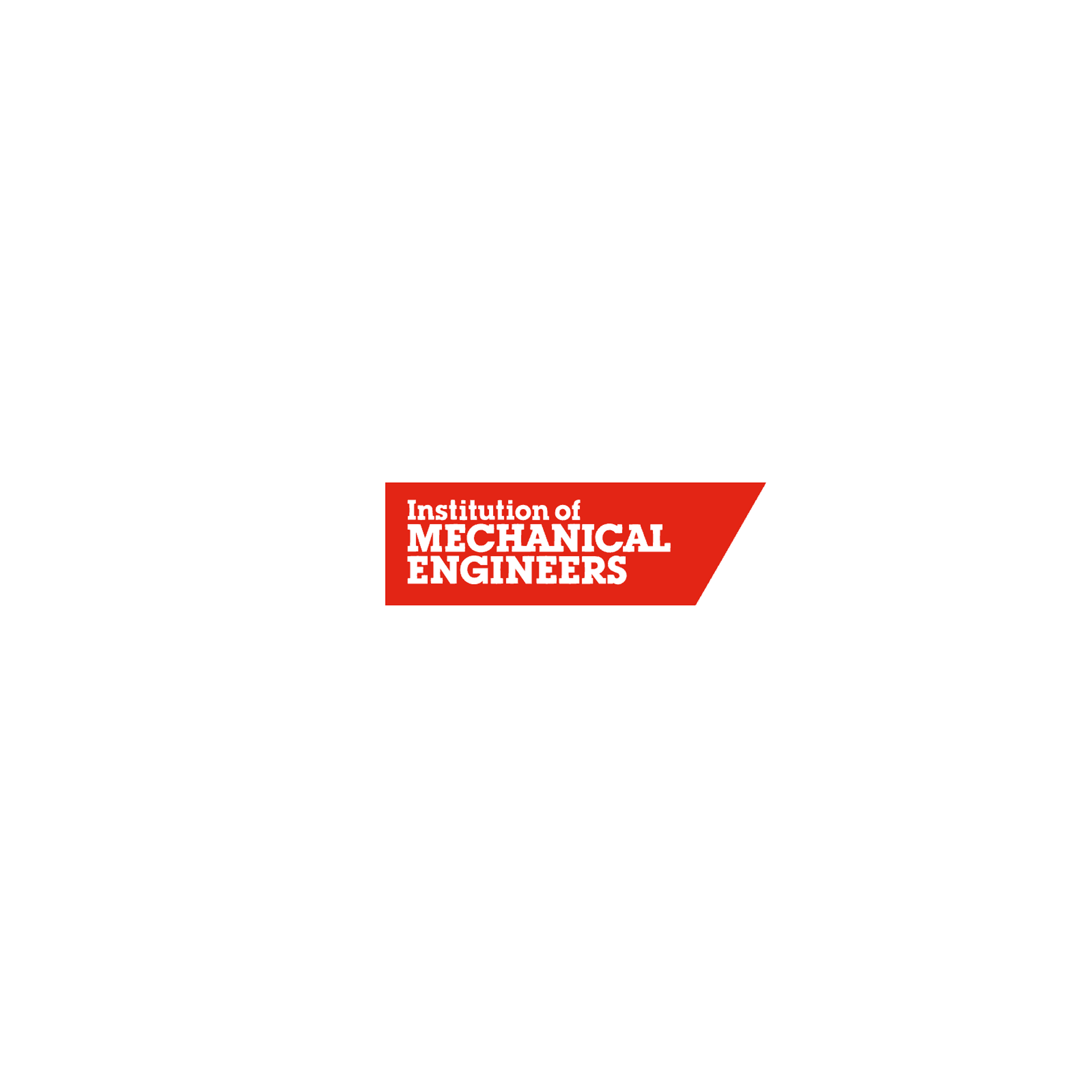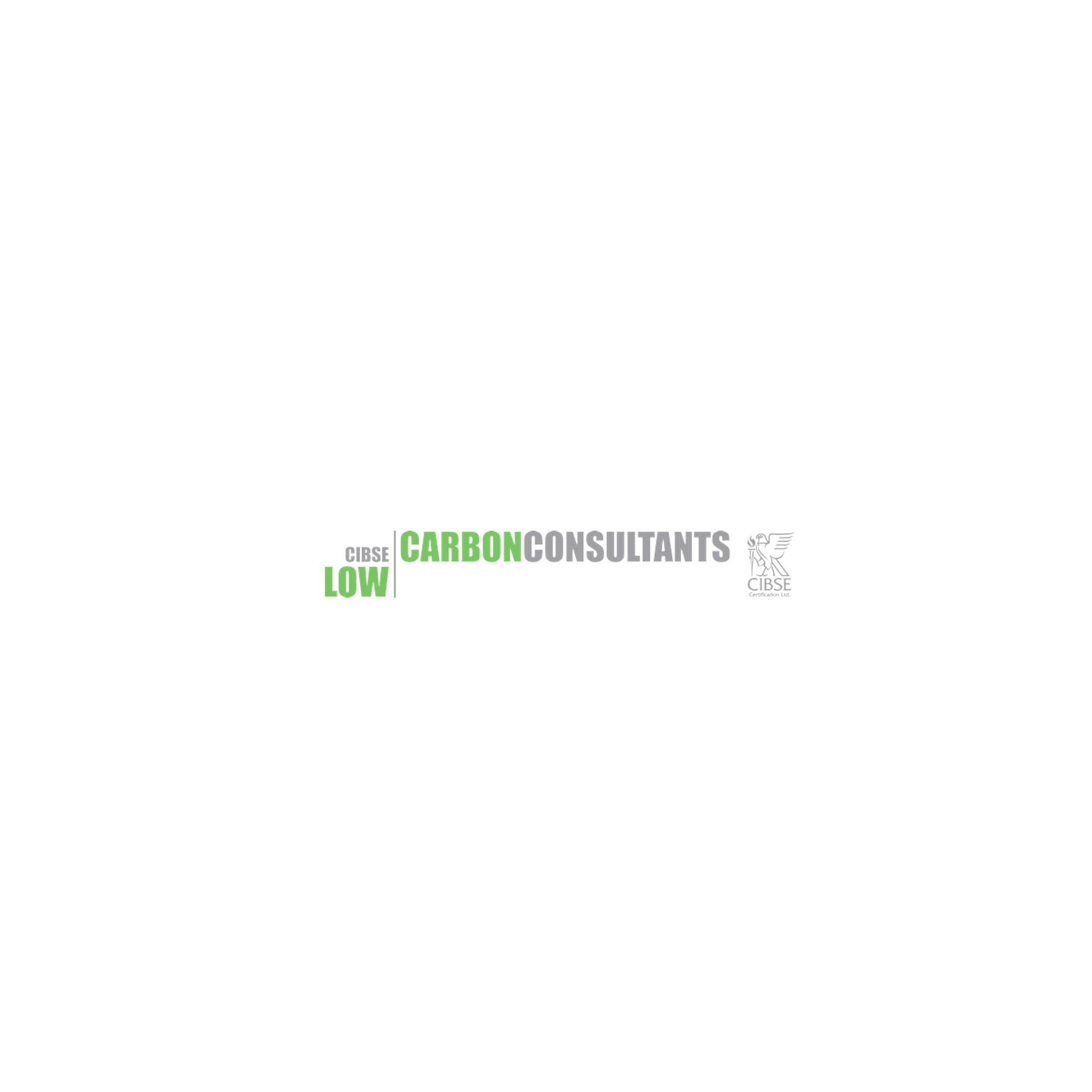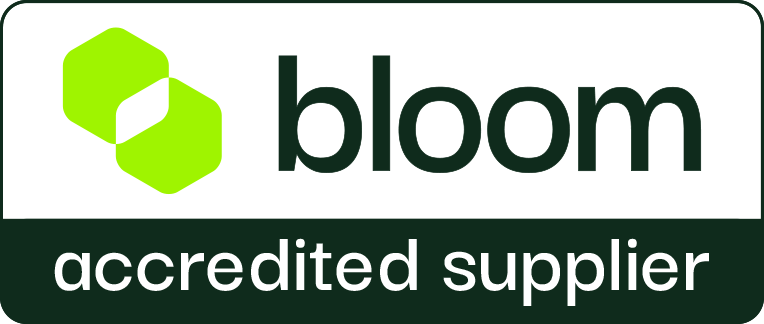FAQs
Technology
- How do heat pumps work?
Heat pumps work by harvesting low grade energy from the air, ground or water and using electricity and a refrigerant cycle to elevate this to energy to a high enough temperature it can be used in radiators and underfloor heating. Heat pumps are often 2-5 times more efficient than traditional gas and oil boilers. Read more here
- Should I replace my gas boiler with an air source heat pump (ASHP)
Whilst every building is unique, often the running costs of air source heat pumps are similar to mains gas. So if you are after running cost savings then probably not best but there are considerable tax-free subsidies and carbon savings available that might be worth considering also.
- Do I need lots of land for a ground source heat pump?
Not necessarily, vertical boreholes can be drilled to save considerable space in the grounds of your building. Read more here on the ‘mythbusting GSHPs’ blog
- Are heat pumps suitable for existing buildings?
They can be, with proper heat loss calculations and looking at radiator sizing or underfloor heating options as well as system control it is definitely possible.
- Are air source heat pumps noisy?
Smaller domestic heat pumps have been heavily engineered to reduce sound emissions, so they are quiet. Most systems cannot be heard from more than 5 metres away and proper design, installation and siting of outdoor fan units can make a big difference. Read more here on the ‘mythbusting ASHPs’ blog
- Do air source heat pumps always have to go near the house?
No, they don’t. There are various systems available that allow you to put the outdoor fan unit well away from the building if necessary, for aesthetic or noise concern reasons. Read more here on the ‘mythbusting ASHPs’ blog
- If I install a heat pump will I have to replace all my radiators or put in underfloor heating?
No, not necessarily. Radiator sizing in each room will have to be looked at but it is possible for you to retain radiators in all rooms even with this low temperature modern heating system. Read more here on the ‘mythbusting ASHPs’ blog
- Do I need planning for any of the renewable technologies (solar, ashp, etc.)?
Sometimes, if you are in a conservation area of any sort it is worth talking to the planning department about anything that could be seen or heard. If not, it is likely planning permission will be required for roof mounted solar panels, but best to check anyway!
- Will I have high electricity bills if I install a heat pump?
Yes and no. Your electricity bills will rise as heat pump technology uses electricity to run but if installed correctly the overall costs compared to running a traditional fossil fuel system will be partially or considerably cheaper.
- Will solar panels power my heat pump entirely?
Generally speaking, no. Unless you have a lot of solar photovoltaic (PV) panels then solar panels will only provide some of the electricity needed for powering your heating and hot water heat pump system.
- How much do I need to insulate my home before I should start considering heat pump technologies as a practical solution?
That really varies for every project but as a minimum you should have an insulated loft or roof space, have cavity walls or insulated solid walls and reduce draughts in the building. The best thing to do is for us to undertake a detailed room by room heat loss survey to tell you for sure.
- How does mechanical ventilation and heat recovery (MVHR) work?
MVHR systems rely on a network of ducting run in floors and roof spaces to supply and extract air from each room in the building. The system brings in fresh air and expels stale air whilst exchanging heat between the two. Running cost savings of 20% can be achieved by installing a system.
- Is MVHR noisy?
If designed and installed correctly, no. Air moves around the building very slowly (typically 0.1m/s) and so should not be audible when in operation.
- What grants and subsidies are available for renewable technology?
There are two main schemes. The renewable heat incentive (RHI) scheme for domestic and commercial buildings. Another new scheme as of September 2020 is called the Green Homes Grant scheme which for most means a maximum £5,000 contribution to improving existing homes and does include renewable technologies.
- Are there any grants for insulation?
There is a new scheme as of September 2020 called the Green Homes Grant scheme which for most means a maximum £5,000 contribution to improving existing homes. This can be used for insulating various parts of the home to reduce energy bills.
- How do I find an installer near me who installs renewable equipment?
You can find accredited installers on the Microgeneration Certification Scheme (MCS) website or download our Mesh App which is far easier!
- Do solar panels work if they are shaded?
Yes, they do but not as well. Shading of solar panels should be avoided where possible to give you the best annual output. Small amounts of shading are ok but chimneys and large trees, or roof dormer shading should be avoided.
- What is the smallest area it makes sense to install solar PV panels on?
Our opinion is anything less than 4 solar panels (6sqm) gets very expensive for the benefit you get to your home.
- Is it worth putting solar thermal or solar PV panels on my home?
Of course, it depends on your situation, but solar thermal systems can only be used for hot water heating and require high levels of annual maintenance to work efficiently. The electricity from Solar PV on the other hand can be used for a wide variety of uses and the technology is almost maintenance free and much simpler.
- Should I install a greywater recycling system?
Greywater is the water that comes from sinks, showers, washing machines, dish washers, etc. Whilst not overly complex to install, filtration and treatment of the water can cause maintenance issues down the line and cost savings are limited.
- What are rainwater recycling systems used for?
Rainwater systems store rainwater for use in the home or garden. Most systems use rainwater stored to water gardens in times of drought.
- Should I install a home battery system?
We suggest if you are not sure then monitor home electricity use first. Home battery systems can be used whether you have solar panels or not for a range of applications.
Working with Mesh
- What technologies do you advise on?
A wide range of technologies for almost any application. Heat pumps, biomass, solar thermal and PV, battery storage, rain and greywater harvesting, electric vehicle charging, underfloor heating and the list goes on!
- Do you do SAP and SBEM calculations?
Yes, we do.
- Do you cover other areas of compliance too?
We cover a wide range of other compliance calculations such as water efficiency, ventilation, daylighting, overheating, etc.
- When is the best time to get you involved (pre or post planning)?
As early as possible and ideally pre-planning. We can offer initial consultancy at an early building design stage to give you the best chance of getting your building successfully through planning.
- How do you guys work with clients, architects and developers?
We start with you sharing your project plans and aspirations or constraints and from there put together a bespoke consultancy package for you. We work at your pace and with all key stakeholders to make sure the right information, communication and clarity is provided at every stage you need help with.
- What services do you offer?
We can support a project at any stage but primarily our offerings are typically feasibility studies, building performance optimisation and analysis, technical design, installer recommendation, tender review and strategic on-site support. We can even offer energy monitoring services.
- How are you different to a SAP assessor?
SAP assessors can supply a particular type of compliance calculation but often work in isolation. We produce these but can help you optimise them and reduce your building energy usage to make sure energy usage and design of the building is fully considered from first principles.
- Why shouldn’t I just use an M&E Consultant?
No particular reason other than M&E consultants alone will not be able to deliver your dream low energy building. Way before you get into building services the fabric of the building, compliance, thermal design and integration of all of this needs to be considered together.
- What do you charge and how do your fees work?
This of course varies depending on scope but domestic clients can spend around £2,000 to get a full technology feasibility completed and for around 1.5% of a new homes build cost our full services can be sought. A bargain!
- Can we start at the beginning and then move on through the consultancy packages you offer?
Yes, absolutely. We package our work up to suit you and if you feel more confident starting with a small piece of work, we can do that. Once we have shown you our value, we bring you can move on to other work packages. We won’t make you go ‘all in’ from the start, unless you want to!
- What are your typical lead times for completing work?
Typically speaking we work on a three-week lead time for most reports and design work.
- Can installers contact you directly regarding questions about the technical designs?
Absolutely.
- Who pays you for your services?
Generally speaking, it is the end client who we are contracted to and pays for our services. Every so often an architect or client representative will manage the project and be the ‘client’.
- Are there any guarantees for your work?
Yes, we have a firm guarantee that we stand by which assures you of full value and if you are not satisfied with some or all of our work then we give you your money back. Simple!
- Do you install renewable energy systems?
No, we do not. However, we can recommend trusted installers.
- Can you help with recommending installers of equipment?
Yes, we can. We have a fantastic list of reputable and qualified installers for all kinds of work. We genuinely don’t benefit from referring installers but we pride ourselves in matching the right installers with great clients.
Efficiency and Comfort
- How do you work out the heat loss and energy requirements of a building?
We use a couple of methods. For more basic work we use a British Standard BSEN 12831 for working out room by room values which can be used. For more complex buildings we use IES VE building physics modelling software which incorporates dynamic ventilation and solar gain to give a really accurate answer.
- Where should you best spend your money when building (fabric, airtightness, renewable technology, controls, etc.)?
There is a logical order of priorities that any project should adhere to save most money and produce the greatest running cost savings. This tends to be building form, building fabric, airtightness, renewable technology and low energy appliances/lighting in that order.
- What typical fabric insulation values should I be targeting for an ‘eco-home’?
A really tricky question, but we suggest that to meet progressive RIBA 2030 or Passivhaus targets that U-values around 0.1W/m2K are used for floors, walls and roofs with triple glazing used also.
- What is embodied carbon?
Embodied carbon is essentially the carbon footprint of a material or structure. It includes all carbon from ‘cradle to grave’ which means raw material extraction, refinement, processing, transport, construction, replacement and demolition.
- How do you reliably and accurately assess a building’s embodied carbon?
We use OneClick Low Carbon Assessment tool and verified environment product declarations (EPDs) along side our building physics modelling to ensure that embodied carbon is accurately analysed.
- Can I work out the embodied carbon of a building at the very early stages of my design?
Yes, you can. We use OneClick Low Carbon Assessment software to fully analyse early stage designs and help adjust material choices to help reduce the carbon footprint of the building.
- How is water efficiency of a building assessed?
The use of potable water is assessed against Building Regulations Part G and is now required for all new homes. We look at toilets, showers, sinks and appliances used to determine usage per person of the development.
- How can I minimise water usage in a building?
Increasingly, to save water in buildings, low flow outlets are specified, bath volumes are being reduced, dual flush toilets specified and rainwater harvesting systems employed.
- How is building overheating modelled?
We model all buildings in IES VE to arrange of appropriate standards including TM52, TM59 and TM49 based on their use and location. We also are looking at simulations for future climate scenarios to ensure buildings are well designed for the future changing climate.
- How can I minimise building overheating in summer months?
There are various methods that can be used for buildings that include altering thermal mass, window overhangs and shutters, improving ventilation, changing glass specifications and many more techniques. We model all buildings in IES VE to arrange of appropriate standards.
- If our building already overheats, what can we do about it?
If it is an existing building the best thing to do is to measure the extent of the problem, build an accurate IES VE model and then use the computer model to run various scenarios against costs to determine what is the best resolution. Then when you make a change you know the solution has been optimised!
- Can you accurately model building ventilation and air quality?
This is very similar to modelling building overheating and we use the same IES VE building physic model to accurately determine the way in which windows are opened and fresh air used to keep buildings comfortable year-round. Air quality can be determined using the same model and analysis of the likely CO2 levels output.
- Can you accurately model daylighting?
Yes, we can. Using our building physics package IES VE we can model year-round daylighting affects and daylight factors for internal spaces based on CIBSE LG10 guidance for a wide range of buildings.
Sustainable Building Standards and Regulation
- What is the Future Homes Standard?
It is a proposal currently under consultation to make changes to ventilation and energy efficiency standards in newly constructed buildings and focuses on two options for reducing household carbon emissions. A ‘fabric first’ 20% reduction and 31% reduction in emissions by factoring in renewable technology are currently being considered.
- What is Passivhaus?
Passivhaus is an international house building standard that was first implemented in 1991. Buildings constructed to the Passivhaus standard focus on dramatically reducing the requirement for space heating and cooling, whilst also creating excellent indoor comfort levels.
- What is BREEAM?
BREEAM stands for Building Research Establishment Environmental Assessment Method and is the world's leading sustainability assessment method for master planning projects, infrastructure and buildings. BREEAM does this through third party certification of the assessment of a building's environmental, social and economic sustainability performance. Levels of ratings range from ‘Unclassified’ to ‘Outstanding’
- What is the Home Quality Mark?
The Home Quality Mark One (HQM One) standard has been developed by BRE and is a replacement for the Code for Sustainable Homes. It is a voluntary scheme based on a 5-star rating system that covers a range of sustainability areas for domestic certification.
- What is the LEED standard?
The Leadership in Energy and Environmental Design (LEED) standard is very similar to BREEAM but is used heavily in the United States. Levels of ratings range from ‘Certified’ to ‘Platinum’.
- What is the AECB Building standard?
The Association of Environment Conscious Building (AECB) standard is actually very similar to Passivhaus but has slightly relaxed operational energy and airtightness targets. By following this standard, household carbon emissions are estimated to reduce by 70%.
- What is SAP 10?
SAP 10 is a refinement on the UK Government’s Standard Assessment Procedure calculations for building performance. It’s not quite here yet but picks up significant reductions in the decarbonisation of electricity used in the home. Additionally, tweaks to assumed daily heating patterns, thermal bridge inputs, solar shading and hot water consumption are all updated.
- What are the TM49, TM52 and TM59 overheating standards?
To try and quantify overheating in buildings there are a number of specific CIBSE overheating standards used as guidance. These focus on three key overheating criteria which lead to an overall pass or fail of the development. TM52 is the overall European Standard for all buildings, TM59 is the domestic version and TM49 is the version of the guidance specifically for London.
- Can I open my windows if I want to build a Passivhaus?
Yes, you can. Generally, it is not advised so much in winter months as this is when you benefit most from an MVHR system’s efficiency but during other seasons you can to improve ventilation if necessary.
- How expensive is it to build to Passivhaus standard?
That varies but undoubtedly it is more expensive due to accredited design and certification that is required. Anecdotally, costs vary between no added cost and 20% uplift with a more realistic figure around the 5-10% mark.


